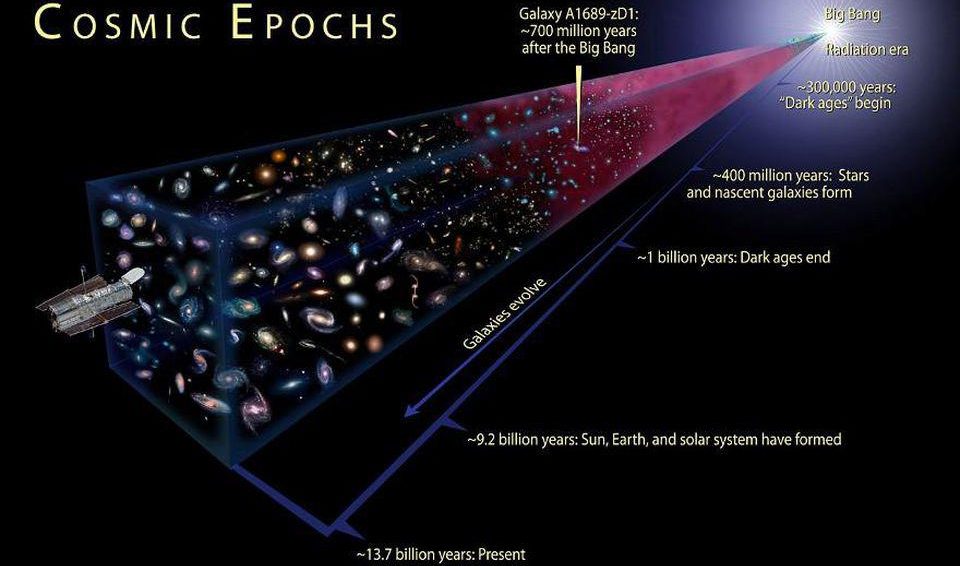The Unsung Heroes of Astronomy
How the most powerful telescope ever built will owe its successes and discoveries to scientists who’ll never get the glory.
“The soul without imagination is what an observatory would be without a telescope.” -Henry Ward Beecher
When you think of the Universe, what is it that comes into your mind? Is it the vast expanse of night sky visible to our eyes, complete with stars, planets and the plane of the Milky Way silhouetted against the black backdrop of empty space?
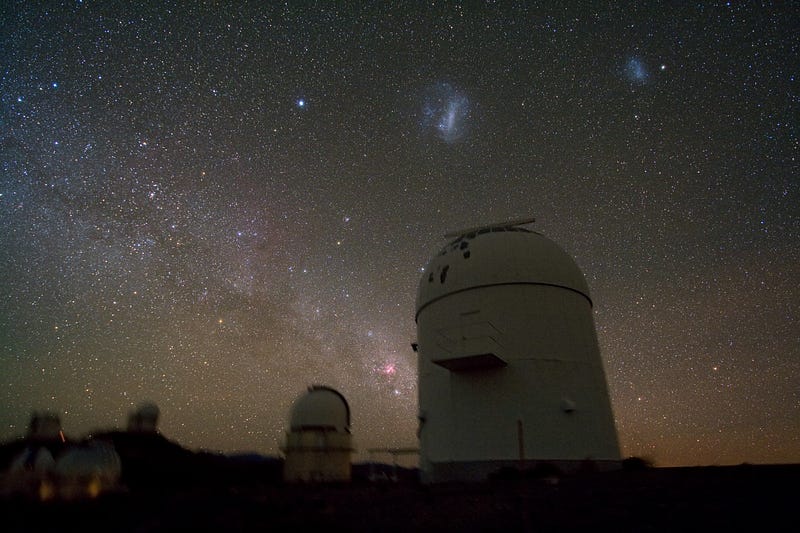
For those of you whose astronomy interests don’t extend beyond what you can see with your naked eye, I can hardly fault you. The Universe accessible to our unaided human senses is a fascinating storehouse of wonder, fantastic in scope and scale.
But what if you wanted to know more? There are a lot of different ways to even conceive of that question.

Maybe you want to look farther into the Universe: at distances and faint objects beyond the limits of what we can perceive.
Maybe you want to know about the physics and natural processes underlying the phenomena of all we can see for ourselves.
Maybe you want to understand how these objects came to be the way they are.
Or maybe you want to know what they’re like from a perspective beyond the limits of what our meager senses can perceive.
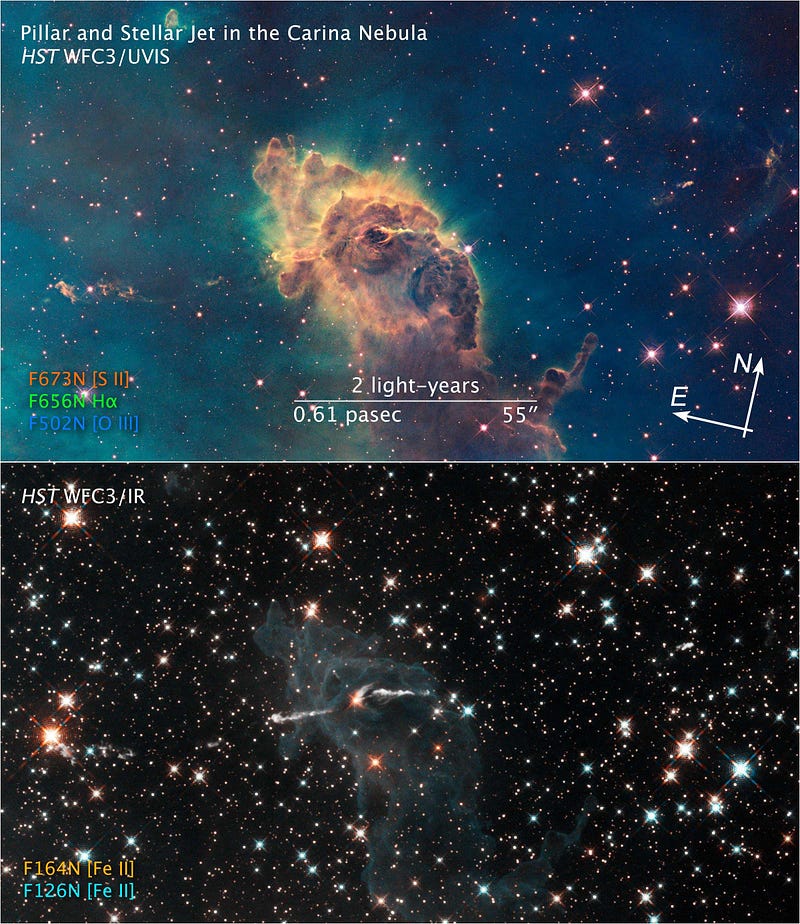
What most people don’t realize is that there are three major fields of astronomy and astrophysics that professionals specialize in, and that it takes all three for us to have achieved the knowledge and understanding we presently possess about the Universe.
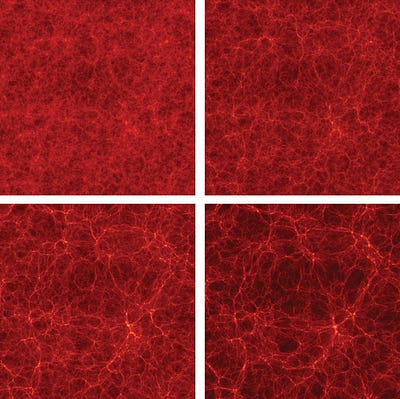
1.) Theory. If you’re interested in the underlying physics that governs the Universe, and how those frameworks apply to astrophysical phenomena on the smallest and largest scales, theory might be the right choice for you. (Note: I’m a theorist, and so probably biased in favor of this.) The most mathematically intensive but least hands-on of all the astronomical disciplines, theorists spend more time with equations and the underlying physical processes than they do with any individual phenomenon. Theorists make predictions about what we ought to see, run simulations, and interpret the results of the second main class of astronomer: the observers.
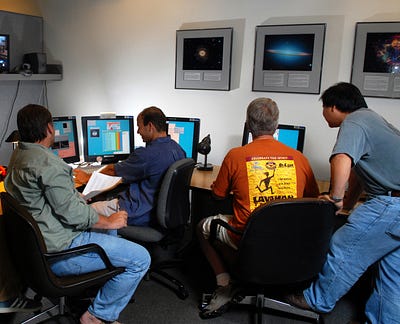
2.) Observation. If you’d rather be the one taking data and observations, applying for telescope time, selecting targets and looking at the mysteries of the Universe directly, being an observer might be the right choice for you. Often the first to identify empirical correlations and scientific laws, and in a constant love/hate relationship with clouds and the atmosphere, observers are the backbone of astronomy, and continuously push back the frontier of the body of scientific knowledge. But they can’t do it without the tools, and that means they’d be useless without the toolmakers: the instrumentalists.
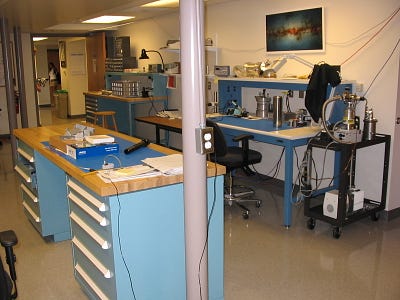
3.) Instrumentation. Have you ever wondered where telescopes, cameras, spectrographs and all the technology that observers use comes from? Someone needs to build them! And that “someone” turns out to be teams of professional astronomers whose expertise is in the design-and-construction of the most advanced optical (and other electromagnetic) systems. If you’re a hands-on person who’s passionate about astronomy and loves this kind of work, this just might be the perfect fit for you!
I was told a long time ago that the scientists who excel the most are those that are proficient in at least two of these, and the one I, myself, neglected altogether was instrumentation. But as we look ahead to the most advanced planned telescope in all of human history, it’s the instrument builders who are the real heroes, setting the stage for everything we’re bound to discover.
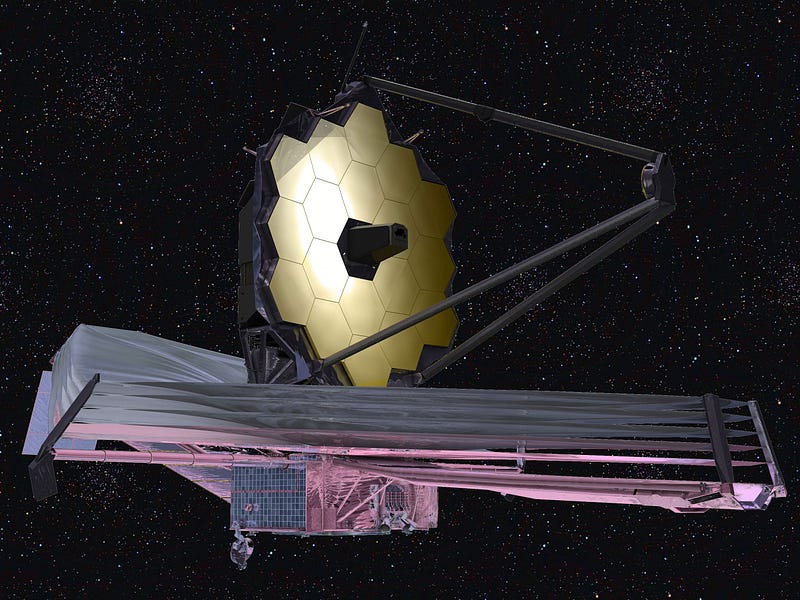
Because there are a lot of things necessary to get this telescope ready!
You might think that the segmented primary mirrors and their housing, the secondary and tertiary mirrors and their controls, and the entire supporting backplane are the major challenge of this telescope. Well that’s important, but it’s hardly the only important component.
You might recognize that this telescope needs to be shielded from the Sun kept at cold temperatures, and so you might think that the sunshield — the big element at the bottom of the image above — is a major challenge.
Or perhaps you think the steering, control, and testing-and-integration of these systems is of paramount importance?
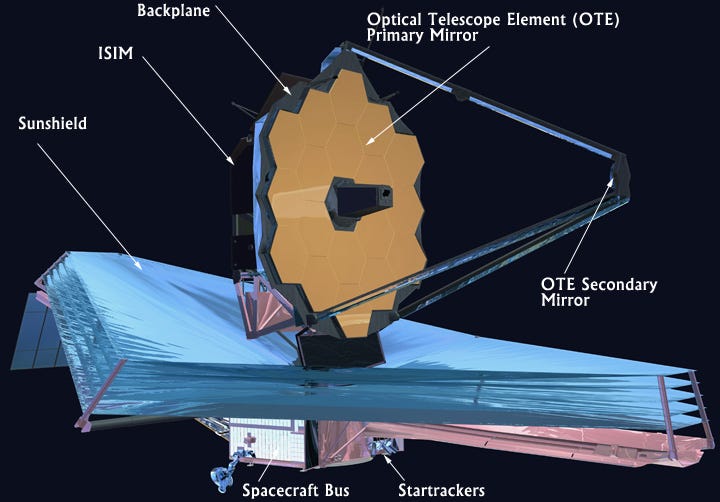
You’re kind of right, because these things are all important, essential parts of this telescope, along with the obvious launch, deployment, support and operational maintenance of the telescope. But there are four major scientific instruments that make up the Integrated Science Instrument Module (ISIM), and these are the tools that make use of the light gathered by the telescope. Without them, the telescope is nothing, and it’s no stretch to say these are the most advanced instruments that the astronomical community has ever undertaken development on.
Let’s take an in-depth look at each one of these instruments.
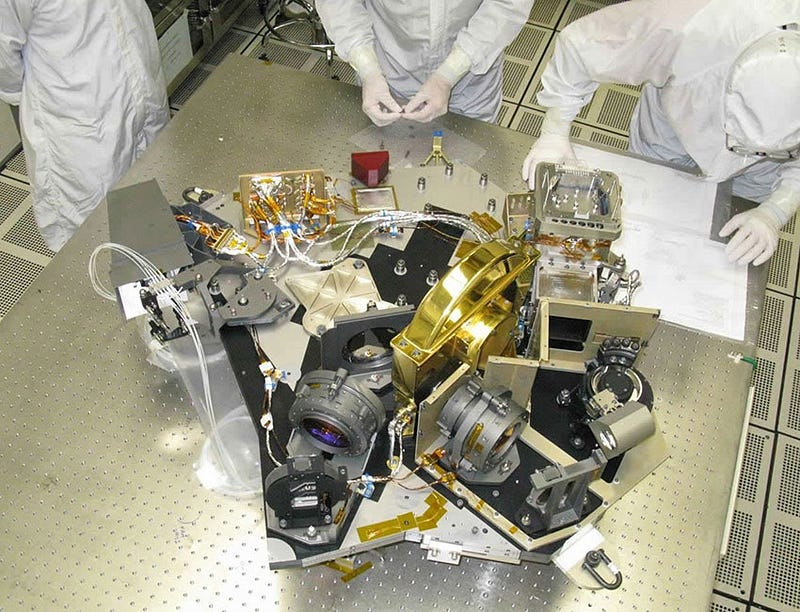
1.) There’s the Near Infrared Camera (NIRCam), James Webb’s primary imaging camera. Extending over an order of magnitude of wavelengths, from visible, orange light deep into the infrared, it should be able to give us unprecedented views of the earliest stars, the youngest galaxies in the process of formation, young stars in the Milky Way and nearby galaxies, hundreds of new objects in the Kuiper Belt, as well as being optimized for directly imaging planets around other stars.
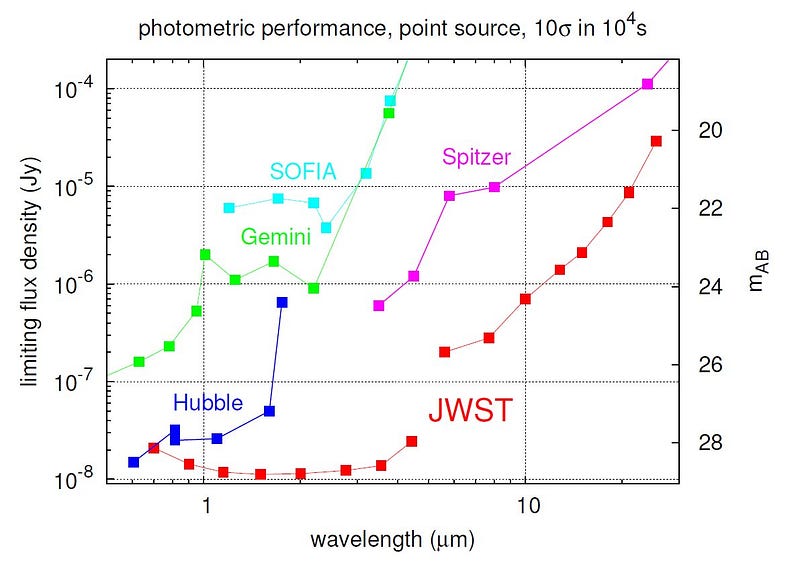
It will be the most sophisticated near-infrared instrument ever developed, capable of seeing farther at these wavelengths than any other telescope ever, surpassing even Hubble at its best.

Don’t be fooled by the “simple” explanations I’m giving here; each of these instruments is an incredibly intricate piece of work, making use of every single photon as optimally as technology allows! This will likely be the “workhorse” scientific instrument of the James Webb Space Telescope, discovering the most distant galaxies and taking the long-exposure, deep field images we love so much.
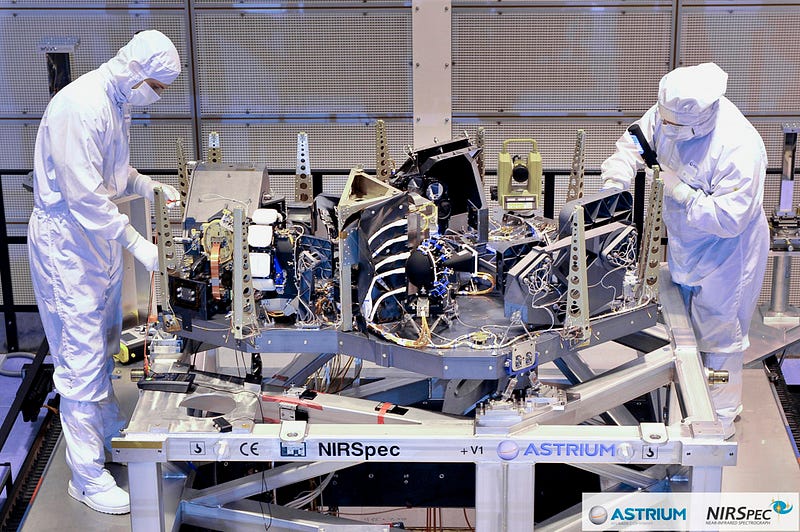
2.) There’s the Near Infrared Spectrograph (NIRSpec), which not only breaks the light from individual objects apart into its individual wavelengths, it’s designed to do this for more than 100 separate objects at once, in a single image! This workhorse will be Webb’s all-purpose spectrograph, capable of three distinct modes of spectroscopy, and will image not only nearby-and-distant stars within our own galaxy and extra-galactic objects, but aims to determine their elemental / molecular compositions as well.
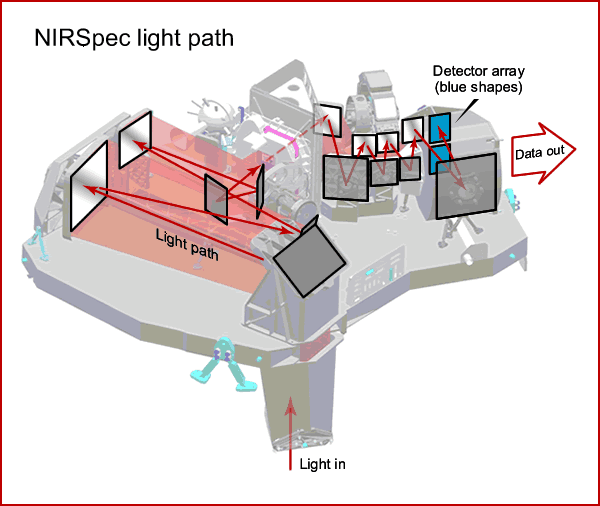
This instrument can also perform spectroscopy on any object observed by NIRCam, meaning that we can look for spectral absorption-and-emission lines, the presence of molecules (such as water), and can measure redshifts of distant objects to better than 0.1% accuracy!
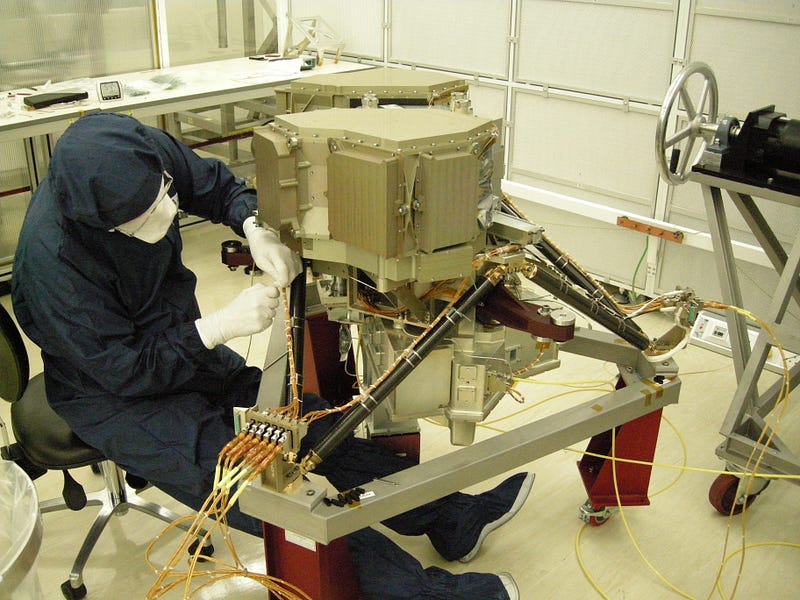
3.) The Mid-Infrared Instrument (MIRI) will be the one most useful for wide-field broadband imaging, meaning that it will return the most visually striking pictures of all of Webb’s instruments, including the highly-anticipated direct images of planets beyond our Solar System. Scientifically, it will be most useful for the measurement of proto-planetary disks around incredibly young stars, Kuiper Belt objects, and dust that has been warmed by starlight. If you enjoyed classic Hubble photos like the pillars of creation or the image of the Carina Nebula up near the top of this article, you’re going to love what MIRI returns.
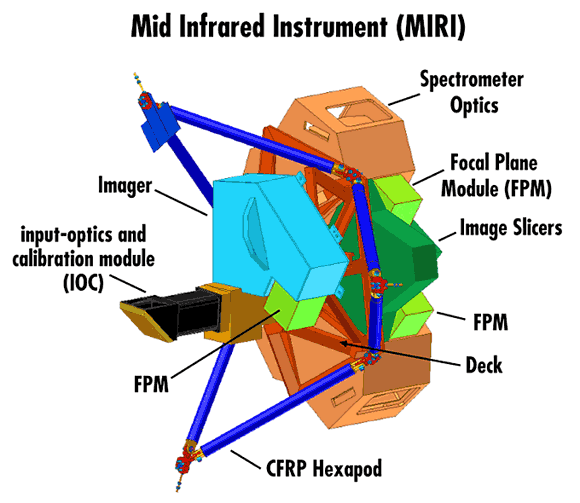
This is the first of the four instruments to have its construction completed (in 2011), and also holds the distinction — because of the long wavelengths it observes at — of needing to be the coldest instrument on board: it must be cooled to no hotter than seven Kelvin to function properly!
And finally…
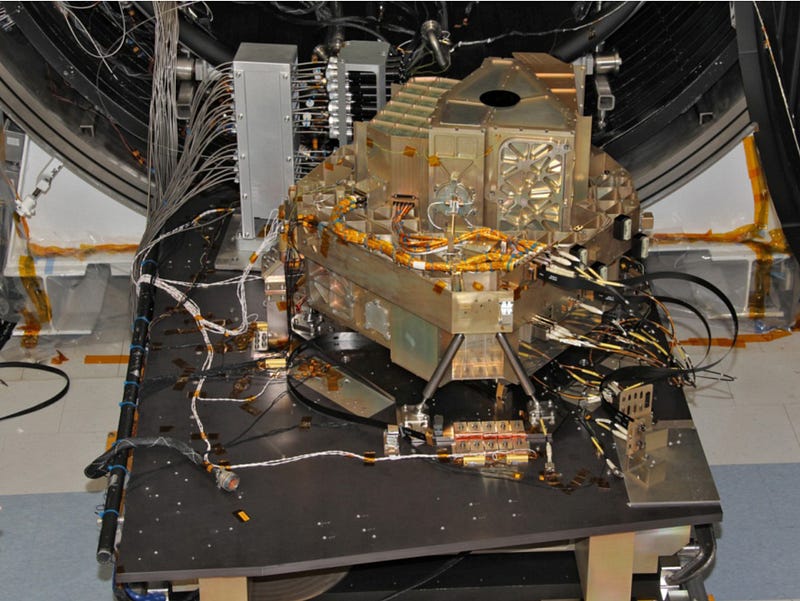
4.) The last of the four instruments is actually two instruments in one: the Fine Guidance Sensor Tunable Filter Imager (FGS) and the Near Infrared Imager and Slitless Spectrograph (NIRISS)! The FGS will allow Webb to point extremely precisely at individual objects, as well as to select and focus on extremely specific wavelengths of light, to better than 1% selection. All the instruments will take advantage of the FGS. On the other hand, the NIRISS will be most useful for detection of transiting exoplanets, for characterizing and classifying them, and has the honor of being chosen as the James Webb Space Telescope’s first light instrument!
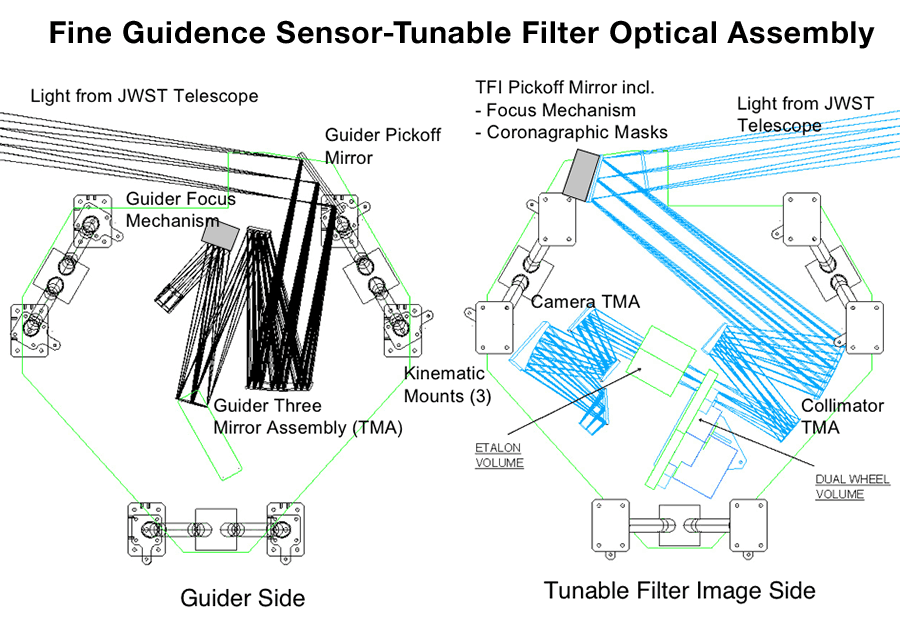
The FGS and the NIRISS — the entire module — was built by the Canadian Space Agency, completed in 2012.
And everything to come from the James Webb Space Telescope will owe its magnificence to these four instruments, working in perfect harmony with the rest of the telescope and the operators back home, here on Earth.
Here’s a taste of what’s to come.
Every nearby rocky planet that this telescope will directly image, every new galaxy discovered, every distance record broken, every newborn star seen, every glorious image returned, every object whose spectrum is taken and every protoplanetary disk we examine is going to have its secrets revealed because of these instruments, and because of the unheralded instrument-builders who make it happen.
As we head into the final phases of construction and testing of the James Webb Space Telescope, take a moment to appreciate the instrument-builders who make all these future discoveries possible, and without whom none of this would be possible. Outer space is a vast and mysterious place, but through the lifelong efforts of thousands of dedicated astronomers of all varieties, we’re slowly able to peel back that mysterious veil of night, and uncover the story that the Universe has to tell us about itself. We’re all waiting with unbridled anticipation to see what we’ll learn next.

